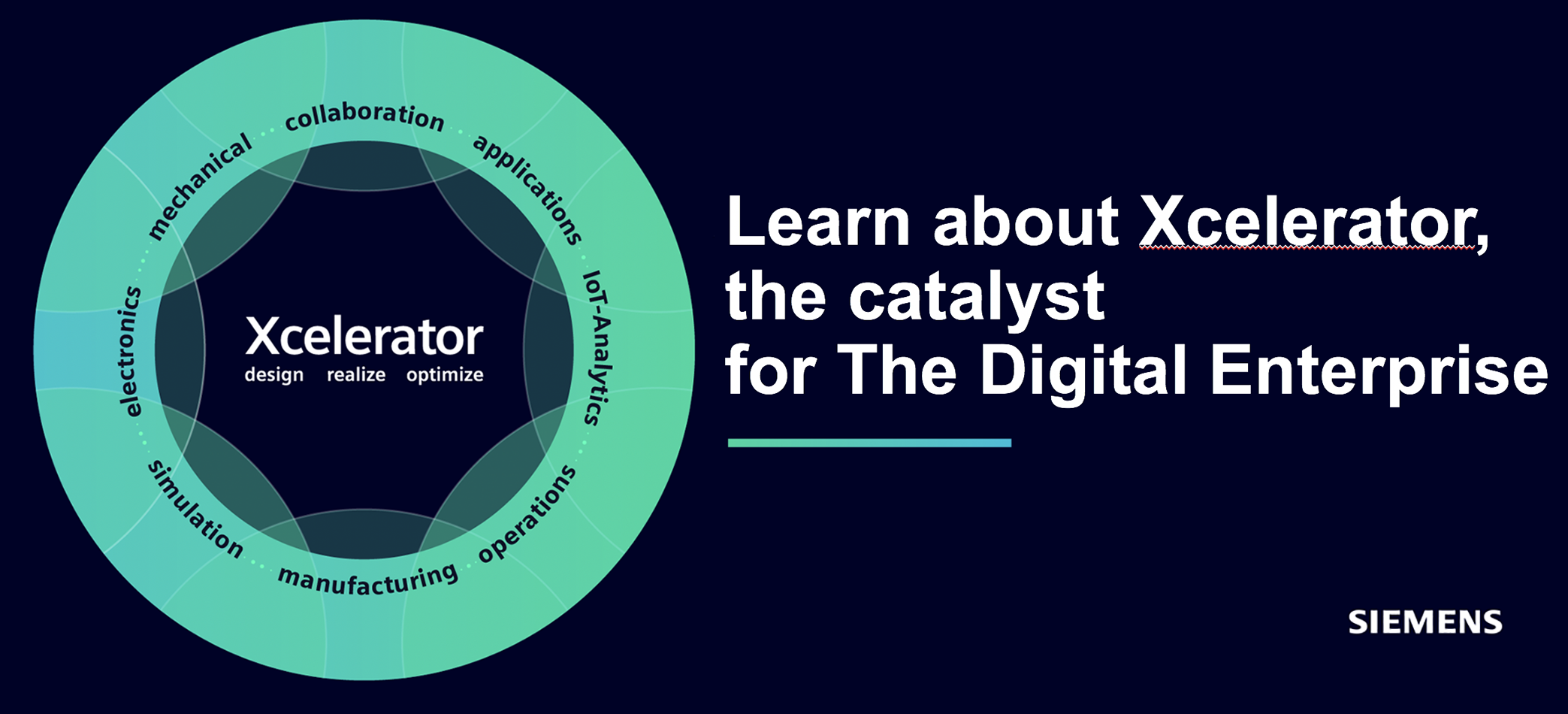DOC – a key factor for moving data
But as stated in the intro above, in the ERP area, and when it comes to financial transaction management, Tobias Ralsgård and his colleagues have succeeded exceptionally well.
One of the key factors behind the successful transition about a year ago was the use of Downtime Optimized Conversion (DOC). This is an interesting SAP methodology with tools that reduce the time it takes to move and convert data to SAP S/4HANA properly.
“Instead of setting up a parallel environment, we were able to use SAP’s standard tools to sequentially carry out the necessary activities. Our tests gave us confidence and we were able to carry out the shift without any significant surprises. I am so proud of the work the team has carried out,” Ralsgård sums up.
During the short but intensive transition, around 1,000 employees from different parts of the world were involved, of which around 70 were in Stockholm. Ericsson not only achieved its goals, but also saved 30 percent of its budget thanks to a combination of a strong team, clear leadership, effective contract management and smart use of the DOC methodology.

Next step: Standardization and AI-driven analysis
The transition to SAP S/4HANA was the first step on the journey. Ericsson has already started the next project to take advantage of the standard functions of the business system. It primarily covers finance and is expected to be completed in the first quarter of 2026.
“We are now looking forward to optimizing and refining our processes further. The goal is to create a more standardized, AI-driven and automated financial environment. Among other things, we want to use automated analysis of real-time data and get AI-driven insights directly in the SAP system,” says Tobias Ralsgård.
Another area being discussed is automated functions for, for example, regulatory compliance and fraud detection, where AI can identify suspicious transactions and flag potential violations.
Generally, Ericsson has been working closely with SAP for a long time. This involves technical collaboration projects and direct system support for a number of different central areas such as finance, supply chains, HR, purchasing, etc.
“We do not want to be limited by proprietary systems. By collaborating with SAP, we can continuously evaluate and implement new technology that gives us competitive advantages,” concludes Tobias Ralsgård.

Tough challenge on the PLM side
In the introduction, we touched on how difficult it can be to manage functionality and scheduled time-lines with large implementations of new industrial IT solutions. In this Ericsson’s 2016 decision to invest in a comprehensive update of the PLM system is still not, after almost ten years, in place according to plan. The introduction of the new 3DEXPERIENCE-based platform from Dassault Systemes was intended to be implemented in a “big bang installation” to primarily replace the older IBM mainframe-based PRIM/GASK setup. This angle of attack had to be discontinued in 2019, and to this day the new system is not fully operational.
It is not easy to change PLM systems in an organization with over 25,000 users (as was the case in Ericsson’s R&D organization in 2016), but a decade without the new solution fully in place is not good enough in today’s competitive situation. Although it should be remembered that technology systems of Ericsson’s complex nature are more difficult to implement than other more purely administrative solutions.
One problem in this context was as mentioned that the then project management (2016) within Ericsson initially focused on the ”big bang installation”. At the same time, the solution that was to be implemented was not ready from the developer’s side. Instead, the idea was that Ericsson and Dassault would jointly develop the new telecom platform. In 2019, the big bang approach was put on hold.
During the latter part of 2020, a redefinition of the strategy was made and together with Dassault, a new 5-year timetable was drawn up, which, among other things, looked at the solution’s architecture.
But it has continued to be difficult to get the whole up and running as was intended with the new PLM solution, and according to the information PLM&ERP News has obtained to date, only parts of the system are in place. And the old PRIM has not gone out of date.
Getting a complete and functioning PLM platform in place at Ericsson is simply of great importance. In the direction of travel are attractive pieces such as increased efficiency, easier handling of increasing complexity and reduced costs, along with improved time-to-market for the company’s products.






